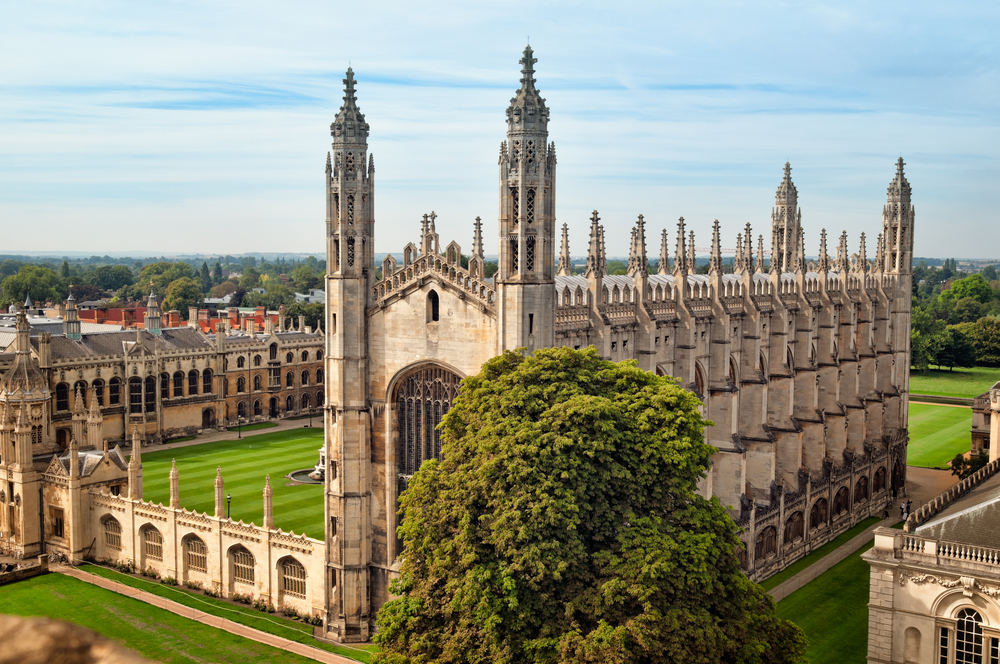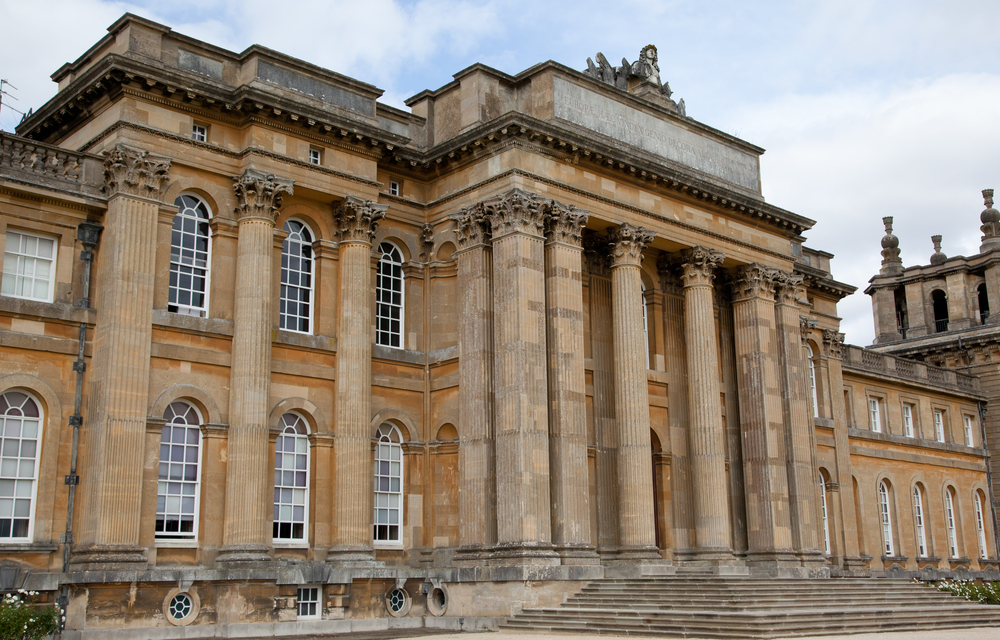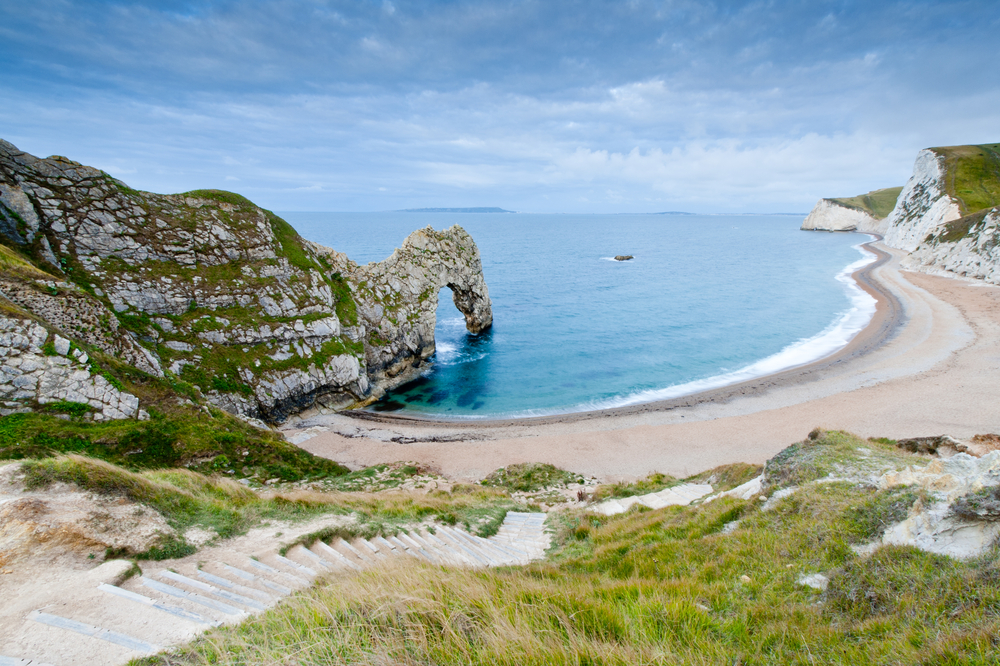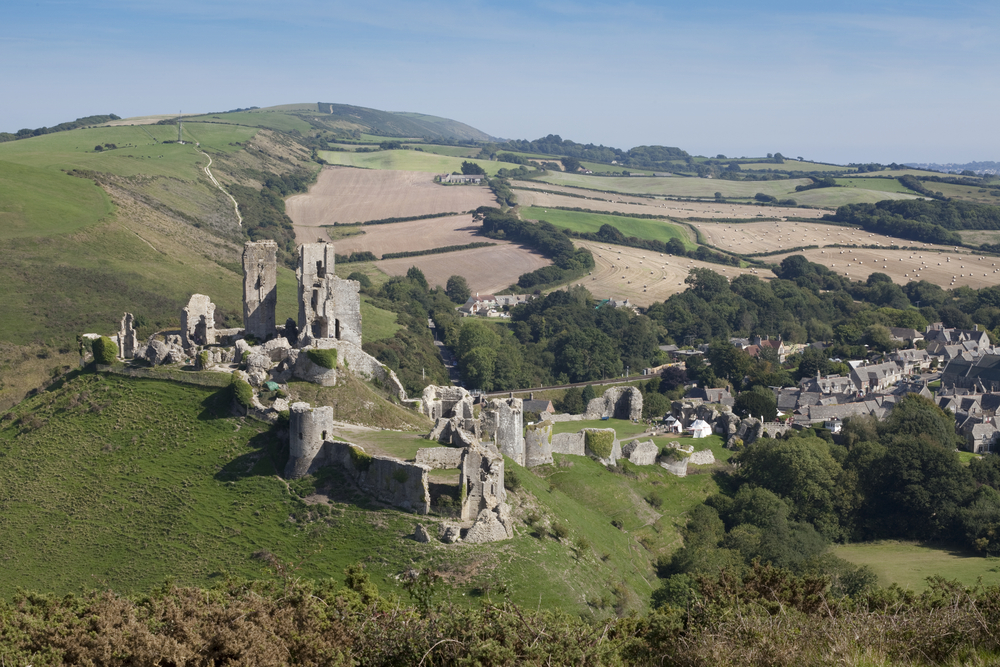2012 London Olympic Torch Route: Week 8 Sights

2012 London Olympics torch run

The 2012 London Olympics games are just a few weeks away! The torch that will bring the Olympic flame to the Olympic Stadium has run has already visited much of the United Kingdom, including Cornwall, Wales, and Northern Ireland and Scotland, but there are still plenty of amazing sites left along the relay route.
OurAmazingPlanet will be taking you on a sight-seeing journey along with the torch week-by-week until the beginning of the Games of the XXX Olympiad, which runs from July 27 through Aug. 12, 2012. For week 8, the torch passes by some of the most famous centers of learning in the world and perhaps the most well-known of all Britain's landmarks, Stonehenge.
(See sights along the torch route from last week. Pictured above is torchbearer Georgina Harland holding the Olympic Flame in front of Warwick Castle on Day 44 of the relay.)
University of Cambridge Day 50

The renowned University of Cambridge, founded in 1209, is the second-oldest university in the English speaking world and the seventh oldest on the globe as a whole.
The university began its life when scholars fled Oxford after conflicts with the townspeople and settled in the town of Cambridge. The setup of the university and its methods of study were much the same as that at Oxford.
Teaching was at first done in churches in the town, then in the 14th century, the university began to acquire property, first on the site today known as Senate-House Hill. Buildings called schools, some of which survive today, were built there. The earliest of the universities colleges was St Peter's or 'Peterhouse,' which was founded in 1284 by Hugh Balsham, Bishop of Ely.
Cambridge University Press, the world's oldest-established press, started publishing in 1584. It has published every year from then until now.
It was at Cambridge that Sir Isaac Newton's world-changing career took place. He published his seminal 'Principia Mathematica,' which established the fundamental laws of physics in 1687. Charles Darwin, and many other famous scientists also attended and taught at Cambridge.
Blenheim Palace Day 52

Blenheim Palace is quite the landmark: It is the birthplace of Sir Winston Churchill and is surrounded by grounds designed by the famous 'Capability' Brown.
The palace was a gift from Queen Anne and the nation to John Churchill, 1st Duke of Marlborough, after his victory at the Battle of Blenheim in 1704. It is still home to the Duke and Duchess of Marlborough.
The palace is perhaps the foremost stately home in the country, and visitors can tour the State Rooms as well as the extensive grounds and many gardens that follow a variety of styles, from more formal to the more seemingly natural designs of Capability Brown. It is Brown's landscaping, done in the 1760s, along with the building's architectural importance that helped earn Blenheim Palace the designation of a World Heritage Site in 1987.
University of Oxford Day 52

The University of Oxford is the second oldest surviving university in the entire world, and the oldest university in the English-speaking world. The exact founding date of the university is unknown, but education in some form existed at Oxford in at least 1096.
The establishment of the university's colleges began in the 13th century after clashes between townspeople and students. University, Balliol and Merton Colleges, which were established between 1249 and 1264, are the oldest of Oxford's colleges.
By the 14th century, Oxford was already a world-renowned center of learning.
The university is home to many libraries, museums and historical and scientific collections, including the Museum of the History of Science, the oldest surviving purpose-built museum building in the world and the oldest botanic garden in Britain.
Windsor Castle Day 53

Windsor Castle has been a royal home and fortress for more than 900 years and is one of Queen Elizabeth II's official residences today. It is the largest occupied castle in the world.
The castle site has been continuously occupied for 1,000 years, with various builders altering and fortifying the castle throughout that span. William the Conqueror picked the site of the original wood castle in the late 11th century; the outer walls of the castle today are in the same position as those of the original castle. In the 12th century the castle was rebuilt in stone and then later expanded in the 14th century.
Ten British monarchs are buried at the castle's St. George's Chapel, including Henry VIII and George VI, father of Queen Elizabeth II.
Charles II created the 5-kilometer-long Long Walk that leads to the castle through Windsor Great Park. Much of the castle's appearance today dates from change made by George IV in the 1820s.
The castle's State Apartments first opened to the public under the reign of Queen Victoria, and they can still be viewed today, along with the Round Tower, the kitchens and the chapel. Visitors today can see the Royal Collection, which includes paintings, drawings, sculptures, furniture, jewelry, books, armor and other items curated by the royals over the years.
Stonehenge Day 54

Stonehenge is perhaps one of the most recognizable structures on the planet, though much of its origin and purpose remains shrouded in mystery.
The landmark is located near the villages of Amesbury in Wiltshire, England and saw more than one million visitors last year.
Stonehenge was designated as a World Heritage Site in 1986 for its status as an outstanding prehistoric monument and the insight it provides into ancient burial traditions. The stone circle is not the only part of the monument as the surrounding landscape includes some 350 burial mounds and other prehistoric monuments. Artifacts there date from as long ago 8500 B.C.
The bluestones used to make the stone circle, constructed around 2500 B.C., came from some 150 miles (240 kilometers) away from the Preseli Hills in Wales. How the ancient people that built the structure transported the massive stones is just one of Stonehenge's many mysteries.
Jurassic Coast Day 55

Another World Heritage Site, the Jurassic Coast in Dorset and East Devon, England, showcases a sequence of rock formations that span 185 million years of the planet's history, covering the Triassic, Jurassic and Cretaceous periods.
Geologists consider the coast one of the most important research sites in the world, and it is rich in important fossil sites. Fossils include dinosaur footprints, marine reptiles, ammonites and trees and their pollen. It also has classic coastal geologic formations, such as sea stacks and sea caves, and shows how coastal geologic processes operate, according to UNESCO's World Heritage listing for the site. The coastline is also little altered by humans, making it a particularly valuable window into the past.
Chesil Beach, stretching from West Bay to Portland, is one of the most well-studied beaches on the planet and is famous for its pebbles.
The site was England's first natural World Heritage Site.
Get the world’s most fascinating discoveries delivered straight to your inbox.
Corfe Castle Day 56

The ruins of this castle stand on a hill, dominating the view of the village of the same name.
The castle once guarded the principle route through the Purbeck Hills and the spot may have been in used as a defensive position as far back as Roman times.
Like many early castles in Britain, the original was made of wood, and then later rebuilt with stone by William the Conqueror in the late 11th century. The castle remained a royal fortress for the next 600 years until it was sold by Queen Elizabeth I to Sir Christopher Hatton in 1572.
The castle was destroyed by Parliamentary forces during the English Civil War in 1646.
Visitors can experience the rich history of the castle as well as the striking views of the surrounding landscape.

Andrea Thompson is an associate editor at Scientific American, where she covers sustainability, energy and the environment. Prior to that, she was a senior writer covering climate science at Climate Central and a reporter and editor at Live Science, where she primarily covered Earth science and the environment. She holds a graduate degree in science health and environmental reporting from New York University, as well as a bachelor of science and and masters of science in atmospheric chemistry from the Georgia Institute of Technology.


